
Sri Lalita Sahasranaam— The Mystical Origin
In this blog post, you will learn how the knowledge of Lalita Sahasranaam and Devi Sadhana passed down in an unbroken lineage.
This might be the first introduction to the Lalita Sahasranaam for some readers. However, it is a very popular stotram in Southern India; its tradition goes back several thousand years! Unlike many Stutis, composed by humans, the Lalita Sahasranaam is 'apaurusheya' (not composed by humans), much like the Vedas. Let us understand how this mystical text came into existence.
The First Practitioner
The Brahmand Purana contains the Lalita Sahasranaam and the Lalitopakhyan, which describe Lalita Devi's conquests. The legend begins with the revered sage Agastya, who travels southwards beyond the Vindhya mountain at Lord Shiv's instruction. Vindhya had grown vain and was gaining height rapidly with no concern for forests or other beings it supported. Agastya rishi requested Vindhya to allow him a safe passage and stop growing till he returned. Vindhya agreed. Meanwhile, Agastya rishi remained in the South, ending Vindya's growth forever.
Sage Agastya was saddened to see the human race moving headlong into the endless pit of desires at the cost of harmony and liberation. He arrived at Kanchipuram (where the Devi resided as Kamakshi) and performed an intense penance to please Sri Vishnu. Lord Vishnu appeared before him as Sri Hayagriva known for his infinite wisdom. Lord Hayagriva initiated sage Agastya into the chanting of Lalita Sahasranaam. He also said that chanting the stotram with devotion would fulfill desires and grant liberation.
The Invocation of Ma Lalita
Later, another sage of the same name—Hayagriva— narrated the story of Ma Lalita to Agastya. How the Devas had invoked her to end Bhandasur's violent reign. Bhandasur was born from the ashes of Kamadev (the God of love). Kamadev had been sent to awaken the desire for Devi Parvati in Lord Shiva and break his intense penance so that the balance could be restored in the universe. Disturbed with Kamadev, Lord Shiv opened his third eye and turned Kamadev to ashes. Later, empathising with Rati (Kamadev's wife), Lord Shiva cast a loving yogic glance at Kamadev’s ashes. However, from the ashes arose the demon Bhandasur. Strong and invincible, Bhandasur wreaked havoc upon the Devas.
In desperation, the Devas performed intense penance to invoke the Supreme Goddess, Ma Lalita Tripura Sundari. Only she could put an end to Bhandasur's reign. For thousands of years, the Devas prayed and, at last, created a havan kund (fire pit) and began to offer themselves to her. From the fire of the yagna arose an exquisite feminine form seated at the center of a Sri Chakra Ratha (a divine chariot). This was Ma Lalita. She was of a hibiscus complexion, four-armed, beautiful, fragrant, and compassionate. The overwhelmed devas knew not how to welcome her. At this point, Ma Lalita called upon her eight companion energies—the Vaag Devis—who sang Ma’s glories and described her attributes in the form of her thousand names, known to us as the Lalita Sahasranaam.
In Lalitopakhyan, Ma Lalita has said, 'When my devotees recite this verse, I should derive immense satisfaction."
The Glorious Lineage
From Sage Agastya, the knowledge of Sri Lalita Sahasranaam and Devi Sadhana got passed down to Sage Dattatreya, who imparted it to Sage Parshuram and Vashishth. Maharishi Vasishth disclosed the Devi Sadhana to his grandson Muni Parashar, the father of Maharishi Ved Vyas. Muni Vyas performed intense Devi Sadhana, meditating on the form aspect of Mother Divine for the first 12 years. In the next 12, he invoked her as his latent energy—the Kundalini. As the Devi arose in him, she untied the psychic knots (granthis) and pierced through the chakras (the energy centres), filling Maharishi Vyas with immense creativity.
In the years that followed, Muni Ved Vyas wrote the Brahmand Purana, which documents the Lalita Sahasranaam. His contribution to the Sanatan texts is unmatched. He compiled the Vedas and composed the Mahabharat and the 18 Puranas.
With Mother Divine's blessings and Ved Vyas's intense tapas, Lalita Sahasranaam and Kundalini Sadhana are available today.
You can read about the Lalita Sahasranaam and the origin of Kundalini Sadhana in more detail in Om Swami's book, Kundalini: An Untold Story.
Lalita Sahasranaam Sadhana—A Rare Opportunity!
The Lalita Sahasranaam is a maha mantra that bestows numerous blessings. While any time is auspicious to invoke Mother Goddess with this stotram, what better day to begin her Sadhana than Lalita Panchami (26 Sept. ‘25) ! Scriptures mention it as the day when Ma Lalita appeared to defeat the demon Bhandasur, born from the ashes of Kamdev (the God of love and desire).
This Sharad Navratri, you can do the Lalita Sahasranaam Sadhana (26 Sept’ 25-15 Nov’ 25) made available for the very first time on our App. Ma Lalita blesses her devotees with abundance, inner peace, and joy.
Join this sadhana, and receive the divine grace of Ma Lalitambika. If completing the full sadhana is not possible, no problem. You can listen to and do the Jap of Lalita Sahasranaam Stotram on Lalita Panchami. Sign up for Sadhana App today!
Sri Matre Namah!







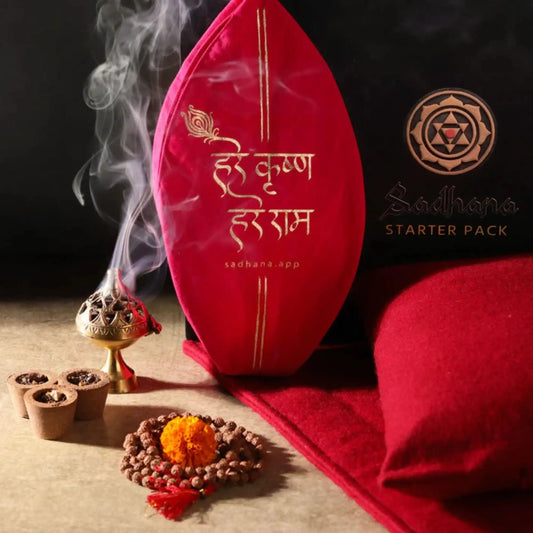


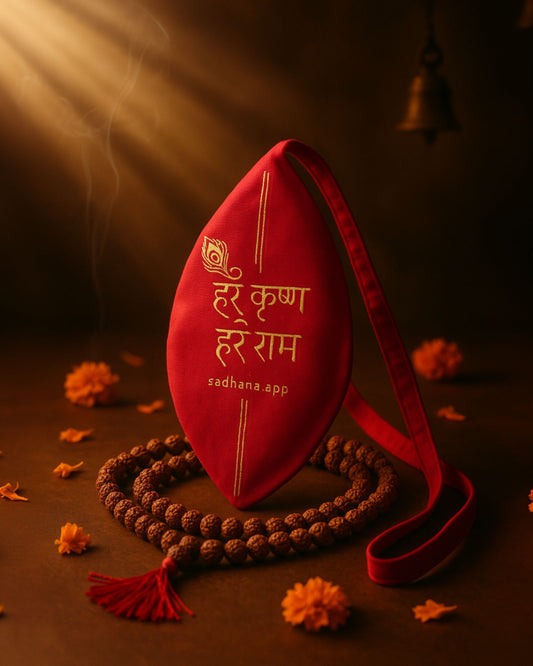
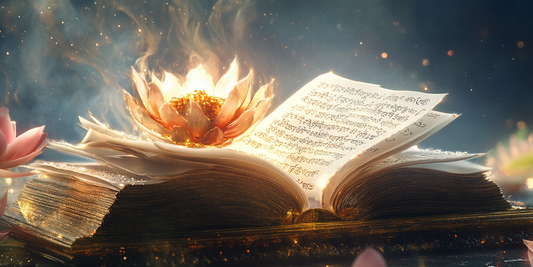
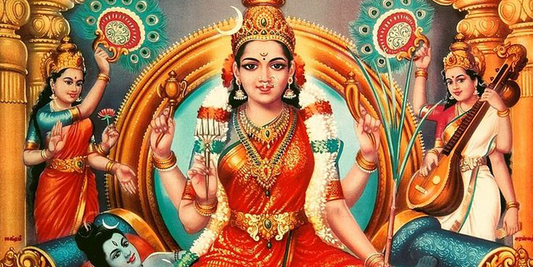
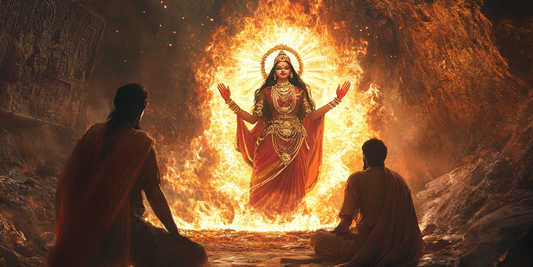
Comments
Om matre namah.
I eagerly await the 1st to participate in this once in a lifetime yagna.
I am not aware what tomorrow holds for us , so I call upon the universe’s mother to grant everyone’s wishes
Leave a comment